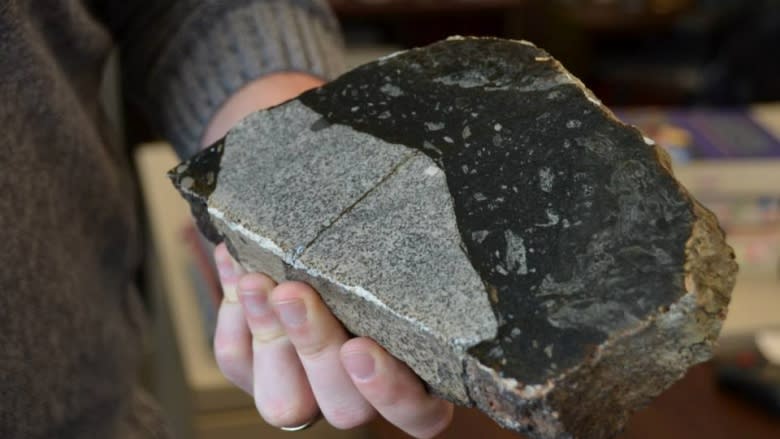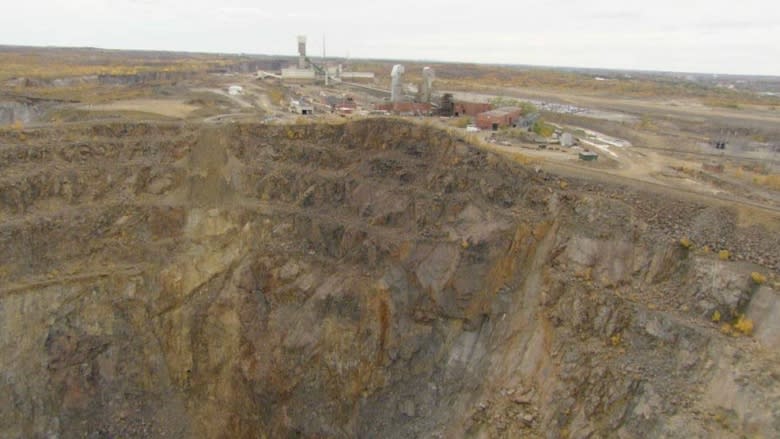Sudbury Basin formed by comet, not asteroid, researcher says
It’s been long believed the Sudbury Basin was shaped by an asteroid that hit the region more than a billion years ago, but a Laurentian University researcher now says it was likely a comet.
The Sudbury Basin is the second largest known impact crater on Earth — 62 kilometres long, 30 kilometres wide and 15 kilometres deep.
PhD candidate Joe Petrus's recent research looks at what exactly came crashing down from space to form the massive crater.
"Impacts provide … a way to connect space [and] earth by looking at the interaction of things that were in space that have come and created a massive crater on earth," he said.
"Sudbury is kind of unique in terms of meteorite impact. It's one of the largest and one of the oldest."
The fiery object that struck near Sudbury, 1.8 billion years ago, formed a deep hole that can be seen from space.
When it slammed into the earth, it punched a hole in the Earth’s crust, allowing the mantle below to well up and fill the basin with a thick sheet of melted rock. A subsequent shock wave shattered the surrounding rocks, riddling them with fissures and faults that filled up with precious minerals from the melted rock below.
Today, the Sudbury Basin produces hundreds of tonnes of nickel and copper every year and has the biggest concentration of mines in the world. The wealth of minerals was discovered by accident when railway engineers were constructing the Canadian Pacific Railway in 1885.
Comet vs. Asteroid
Petrus, who has always had an interest in space, said he approached his research, which included looking at trace metals found in the rock around Sudbury, with three questions: What was the impact? What was the area of Earth that it hit? When did that happen?
He said it's already known when the impact happened, and where it hit.
The final question centres on whether the object was an asteroid or a comet, he said.
He said comets are largely made of ice, and it would have to be significant in size to survive entering the Earth's atmosphere.
Although it may appear it was an asteroid that hit the earth to create Sudbury, there are other factors to challenge that, Petrus said.
"It seems more likely that it's a comet that's actually incorporated some of the elements of these typical asteroids. A comet is generally considered like a dirty snowball. So it's icy, but it's got this debris in it, some rock and dust and things like that."
Petrus said it can be tricky to determine the difference between the two, but adds there are signs.
"A comet kind of has the same signature … as an asteroid. [But] the concentrations [of a comet] are very diluted," he said.
"It's basically this big ice ball, not just a big piece of rock. So you can tell something both in the concentrations of these elements that were measured around here as well as their distribution."
There are signs that can be spotted in the city today that point to a comet over an asteroid, Petrus added.
"If you're going from Highway 17 up to Chelmsford, you would cross a lot of the features of the impact.
"So you have this large, differentiated melt sheet … melted rock that … formed during the impact."
Petrus's research has just been published in the journal Terra Nova.




